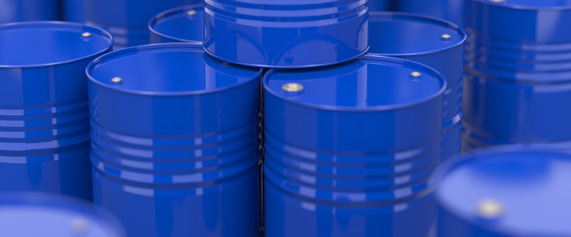
Intermediate registration is much cheaper than full registration. It is strongly recommended that companies check with their downstream users whether a substance is used as an intermediate or not before beginning registration.
Definitions of Intermediates under REACH Regulation
- Non-isolated intermediates are exempt from REACH registration: A substance that is manufactured solely for the purpose of being transformed into another substance (or synthesis) and is used up within this reaction. Non-isolated intermediate is not intentionally removed from the synthesizing equipment. Other intermediate other than non-isolated intermediate are called isolated intermediates, which can be divided into two sub groups: On-site isolated intermediate and transported intermediate.
- On-site isolated intermediate: A substance manufactured for or used for chemical processing in order to be transformed into another substance, the synthesis of which takes places on the same site and which is operated by one or more legal entities.
- Transported isolated intermediate: A substance(for example, pharmaceutical intermediate) manufactured for or used for chemical processing in order to be transformed into another substance, the synthesis of which is transported between or supplied to other sites.
- On-site isolated intermediate and transported isolated intermediate can be registered with reduced requirement.
REACH Registration of Intermediate: Data Requirement
- A brief general description of the use;
- Details of the risk management measures applied and recommended to the use;
- The identity of the manufacturer or importer;
- The identity of the intermediate;
- The classification of the intermediate;
Do You Qualify for Intermediate Registration under REACH?
According to REACH, two critical conditions need to be met for an on-site or transported isolated intermediate to benefit from the reduced data set provisions of articles 17 and 18 of REACH:
1. the use of the substance must meet the definition of intermediates as described in article 3 (15) of REACH; and
2. the substance must be manufactured and/or used under strictly controlled conditions (SCC).
In view of these conditions, ECHA is asking registrants to collect and send an extensive amount of information including a description of the chemical reactions that take place, and a description of all the measures taken to ensure strictly controlled conditions at all steps, as well as copy of letters sent to, or received from all downstream users confirming that they use the substance as an intermediate under SCCs.
To assess if the intermediate is manufactured and used under strictly controlled conditions during its whole lifecycle, the registrant should evaluate if all the following conditions apply:
(a) the substance is rigorously contained by technical means during its whole lifecycle including manufacture, purification, cleaning and maintenance of equipment, sampling, analysis, loading and unloading of equipment or vessels, waste disposal or purification and storage;
(b) procedural and control technologies shall be used that minimise emission and any resulting exposure;
(c) only properly trained and authorised personnel handle the substance;
(d) in the case of cleaning and maintenance works, special procedures such as purging and washing are applied before the system is opened and entered;
(e) in cases of accident and where waste is generated, procedural and/or control technologies are used to minimise emissions and the resulting exposure during purification or cleaning and maintenance procedures;
(f) substance-handling procedures are well documented and strictly supervised by the site operator.
Contact

